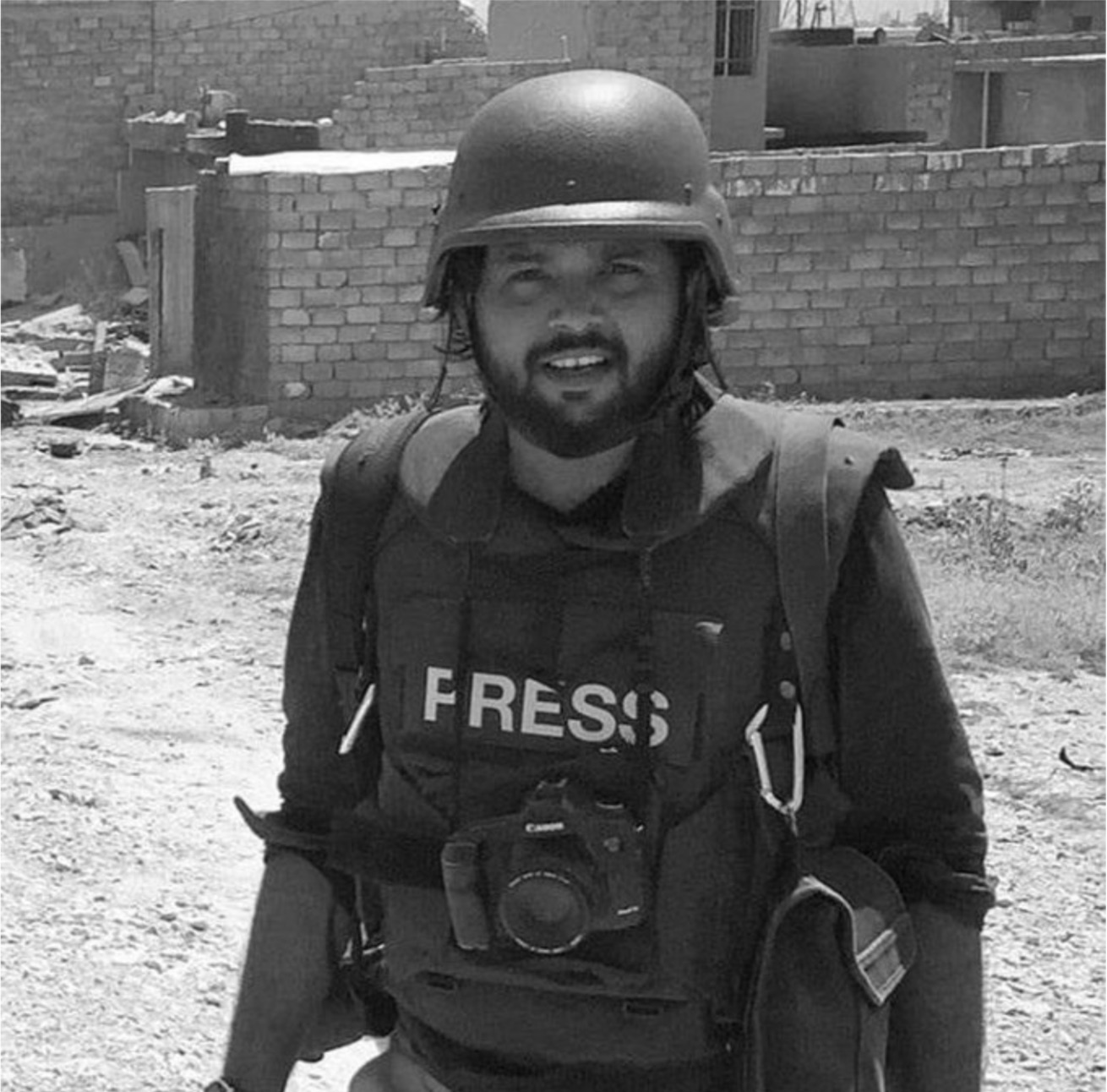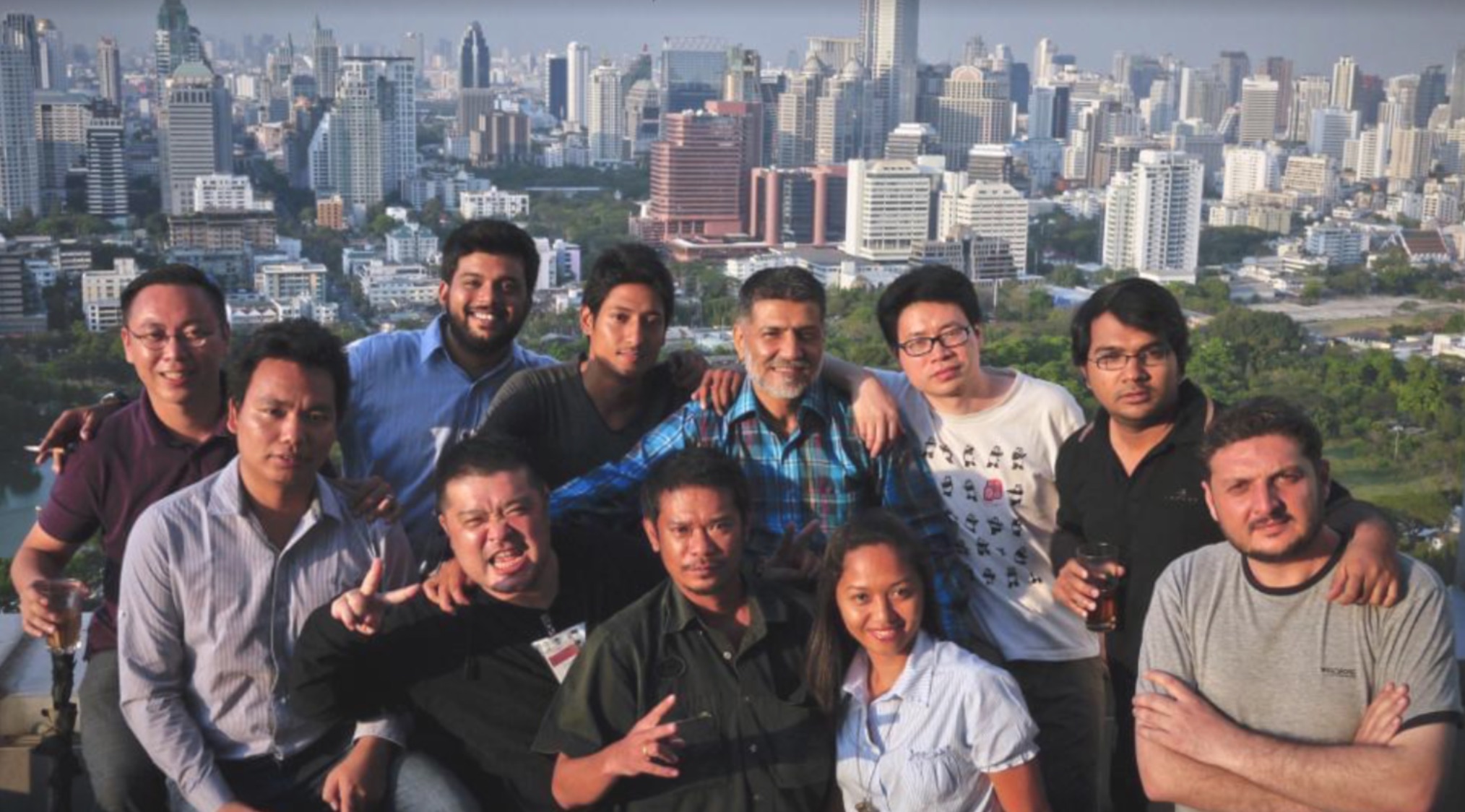Farewell, Danish

Ten years ago, some of us young photojournalists got recruited by Reuters news agency, and were all flown to Bangkok for a Managing Hostile Environments Training.
That is where I first met Danish Siddiqui, during sessions in which veteran war correspondents trained us in how to keep safe in conflict zones. Danish went into many areas wracked by war and disasters after that, earning a reputation for getting photographs that portrayed human suffering and survival with empathy and sensitivity.
Despite all that training and experience, Danish was at the wrong place at the wrong time when he was caught in the crossfire between Afghan Special Forces and the Taliban in Kandahar on 16 July. He along with a senior Afghan officer were killed.

We had become good friends in Bangkok, and had kept in touch. When I had gone to Mumbai on assignment I stayed in his flat, and we went around together. I had chatted with him on WhatsApp just last week. I saw his photos on social media, and thought, “Oh, so he is now in Afghanistan”, and liked them.
Danish had a can-do attitude and often ended up in the toughest assignments: in Afghanistan, Mosul in Iraq, the anti-Muslim pogroms in Delhi last year, Hong Kong’s pro-democracy protests, and the Covid crisis.

He was also sent to Kathmandu after the 2015 earthquake. Things were topsy turvy, and we did not see each other much. But we did manage to be together to shoot survivors being pulled out of collapsed buildings in Gongabu.
Danish’s pictures were stunning and shocking, but he always captured the stark reality of people caught up in unimaginable crises. Only Danish could have taken the kind of drone image of dozens of funeral pyres burning at once in a Delhi crematory earlier this year — showing the world the catastrophe that the coronavirus had caused in India.


Another photograph showed two elderly Covid-19 patients sharing a bed in a Delhi hospital. The pictures told stories that pages and pages of text could not about the true extent of the crisis caused by the pandemic.
In Nepal in 2015, while other photojournalists took pictures of ruined temples, Danish concentrated on telling human interest stories. His photograph of a young girl in a hospital bed in Kathmandu, her broken legs attached to plastic water bottled filled with water for traction showed how medical personnel had to improvise to care for the wounded.

Some of Danish’s photographs from the Battle of Mosul in 2016 as Iraqi and coalition forces fought Islamic State fighters are remembered for their vivid portrayal of the intensity of violence he witnessed.
But the pictures that earned Danish Siddiqui the Pulitzer for Feature Photography in 2018 was the series he did on the Rohingya refugees fleeing Burma by boat. One image stands out: an exhausted and drenched woman near collapse on a beach in Bangladesh after a harrowing boat journey from Burma.
Even without looking at the credit line for photographs, I would instinctively be able to tell which photograph was Danish’s. He was always one step ahead of other photojournalists in bringing out the human element. He was driven by a hunger to tell the unblemished truth through his photography.


Us photojournalists are often blamed by society for being voyeurs or insensitive paparazzi harassing people, and invading their privacy. Danish was aware of such criticism, and he approached each situation with a deep desire to tell the world the real story of suffering and survival.
Whether it was the photograph of a Muslim man being mercilessly beaten by a Hindu extremist mob in Delhi during riots, or the photographs from the frontlines of the Afghan war, Danish witnessed it all on our behalf, often risking his life doing it.
It was not safe being a Muslim man out on the lawless streets of Delhi last year, or travelling in an armoured personnel carrier with Afghan commandos. But for Danish this was his work, his life.

Danish was criticised in India for transmitting graphic images of the funeral pyres and the suffering during the second wave. After the Nepal earthquake, we were accused of sensationalising the suffering. But it is always important to tell the truth, especially when governments try to play down the true extent of the pandemic.
Photographs do not lie. And it was the pictures of the Nepal earthquake which went around the world that galvanised relief aid for the country.
After I heard the news on Friday of Danish’s death in the line of duty, I could not bear to dig up old photographs of us together, or to look at these pictures. I did not want to read about how he died, although I found out that he had been wounded in the hand by shrapnel a day earlier in Kandahar.

Danish was not just a war photographer. One of his photos that I admire the most is the technically difficult one he took inside a dark cinema hall in Mumbai in 2010, where the movie Dilwale Dulahniya Le Jayenge had been running continuously for 15 years.
The enraptured faces of the viewers, their sheer enjoyment and the ambience of the cinema is so beautifully captured that it is uplifting, and at the same time informs us of the power of Bollywood cinema in India.

A year after this photograph was taken, Danish and I had gone to see a movie with Akshay Kumar together in Mumbai and we talked about that image and how it came about.
In our last chat, he wanted to know about the Covid situation in Nepal, I asked him about his two young daughters who are living with their German mother. My son and his first daughter were born at about the same time.
He liked Nepal a lot, and wanted to visit with his family — for once not to cover a disaster but to enjoy the sights. I was looking forward to it, and letting our children get to know each other.
It was not to be. Farewell, Danish. We will miss you.
Navesh Chitrakar is a Reuters photojournalist in Nepal.
Watch TedX talk by Danish Siddiqui about his photographs of Rohingya refugees that won him a Pulitzer in 2018.




